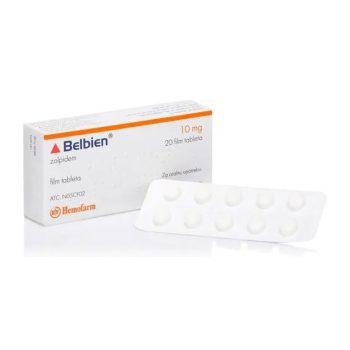Description
Morphine is an opioid agonist used for the relief of moderate to severe acute and chronic pain. Morphine, the main alkaloid of opium, was first obtained from poppy seeds in 1805. It is a potent analgesic, though its use is limited due to tolerance, withdrawal, and the risk of abuse. Morphine is still routinely used today, though there are a number of semi-synthetic opioids of varying strength such as codeine, fentanyl, methadone, hydrocodone, hydromorphone, meperidine, and oxycodone.
Opiods, including morphine, are effective for the short term management of pain. Patients taking opioids long term may need to be monitored for the development of physical dependence, addiction disorder, and drug abuse.
Avoid alcohol. Concomitant use may lead to profound sedation, respiratory depression, coma, and death. Take with or without food. There is no significant different in the AUC or Cmax of oral extended release tablets when taken with or without food.
Pharmacodynamics
Morphine binding to opioid receptors blocks transmission of nociceptive signals, signals pain-modulating neurons in the spinal cord, and inhibits primary afferent nociceptors to the dorsal horn sensory projection cells.
Morphine has a time to onset of 6-30 minutes. Excess consumption of morphine and other opioids can lead to changes in synaptic neuroplasticity, including changes in neuron density, changes at postsynaptic sites, and changes at dendritic terminals.
Intravenous morphine’s analgesic effect is sex dependent. The EC50 in men is 76ng/mL and in women is 22ng/mL. Morphine-6-glucuronide is 22 times less potent than morphine in eliciting pupil constriction.
Mechanism of action
Morphine-6-glucuronide is responsible for approximately 85% of the response observed by morphine administration. Morphine and its metabolites act as agonists of the mu and kappa opioid receptors.
The mu-opioid receptor is integral to morphine’s effects on the ventral tegmental area of the brain. Morphine’s activation of the reward pathway is mediated by agonism of the delta-opioid receptor in the nucleus accumbens, while modification of the respiratory system and addiction disorder are mediated by agonism of the mu-opioid receptor.
Metabolism
Metabolism: Morphine is 90% metabolized by glucuronidation by UGT2B7 and sulfation at positions 3 and 6. Morphine can also be metabolized to codeine, normorphine, and morphine ethereal sulfate.
Absorption: Morphine is absorbed in the alkaline environments of the upper intestine and rectal mucosa. The bioavailability of morphine is 80-100%. There is significant first-pass metabolism, therefore oral doses are 6 times larger than parenteral doses to achieve the same effect. Morphine reaches steady-state concentrations after 24-48 hours. Parenteral morphine has a Tmax of 15 minutes and oral morphine has a Tmax of 90 minutes, with a Cmax of 283nmol/L. The AUC of morphine is 225-290nmol*h/L.
Route of elimination: 70-80% of an administered dose is excreted within 48 hours. Morphine is predominantly eliminated in the urine with 2-10% of a dose recovered as the unchanged parent drug. 7-10% of a dose of morphine is eliminated in the feces.
Half life: Morphine has a half life of 2-3 hours.
Side effects
All medicines may cause side effects, but many people have no, or minor, side effects. Some medical conditions may interact with Morphine.Tell your doctor or pharmacist if you have any medical conditions.Patients experiencing an overdose present with respiratory depression, somnolence, skeletal muscle flaccidity, cold and clammy skin, miosis, and mydriasis. Symptoms of overdose can progress to pulmonary edema, bradycardia, hypotension, cardiac arrest, and death. Treat overdose with symptomatic and supportive treatment which may include the use of oxygen, vasopressors, and naloxone.This is not a complete list of all side effects that may occur. If you have questions about side effects, contact your health care provider.











Reviews
There are no reviews yet.